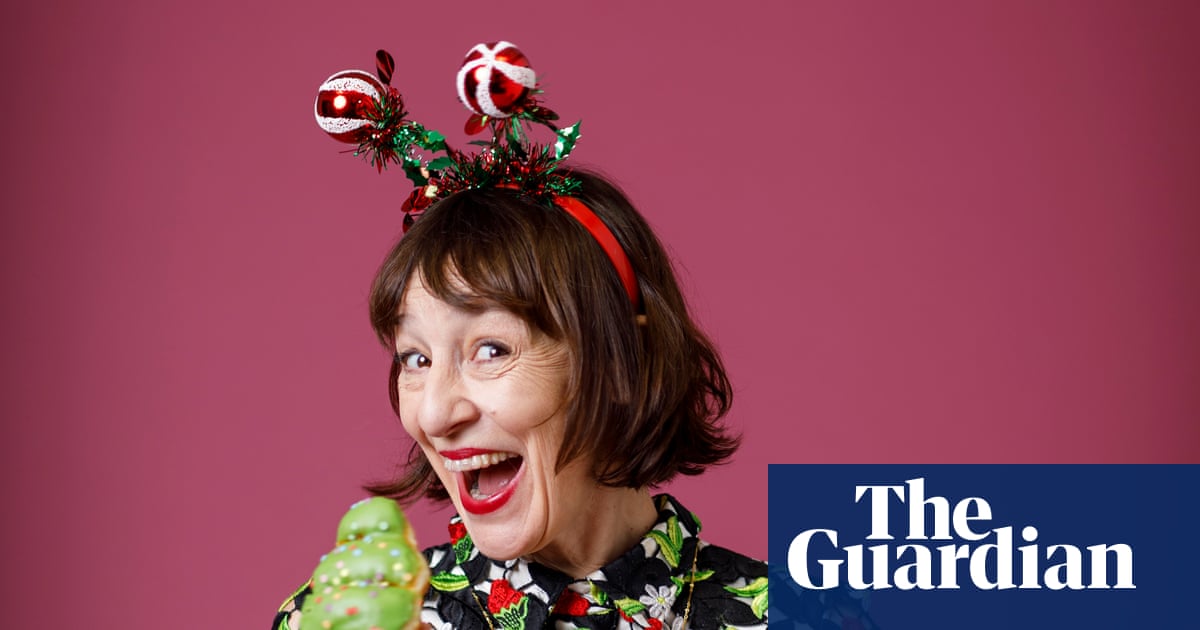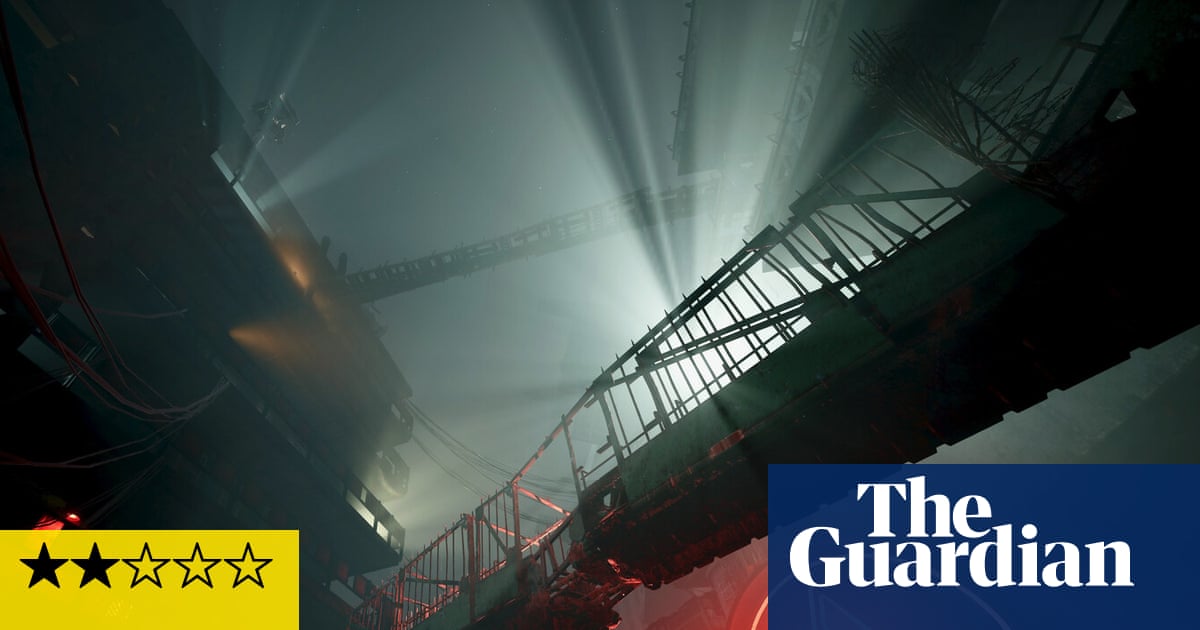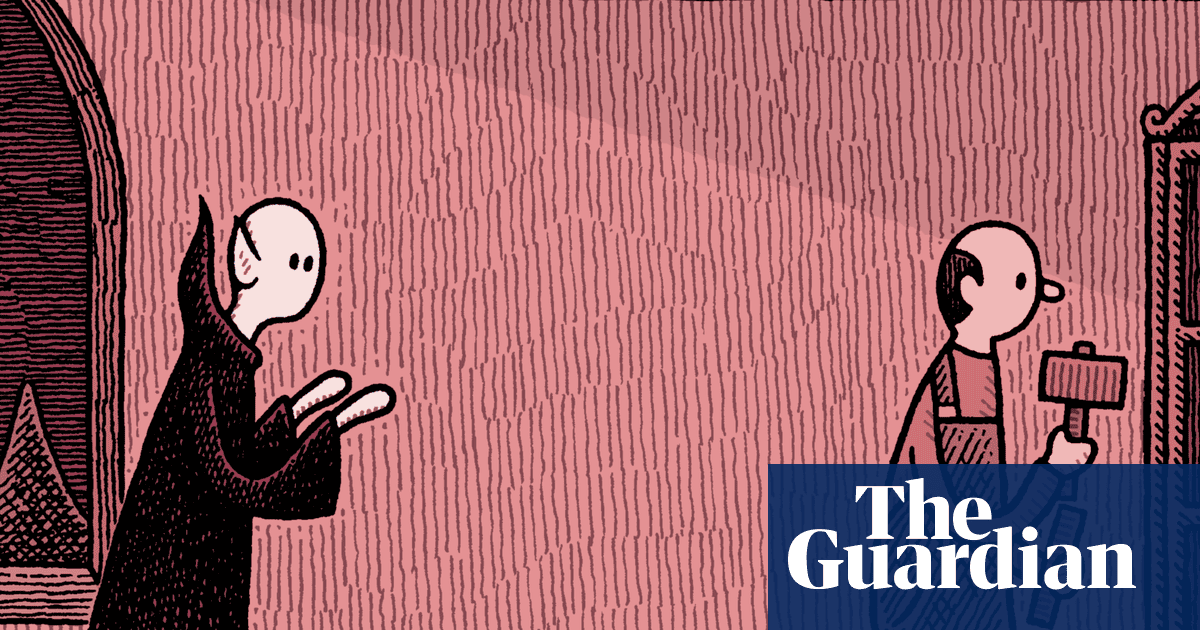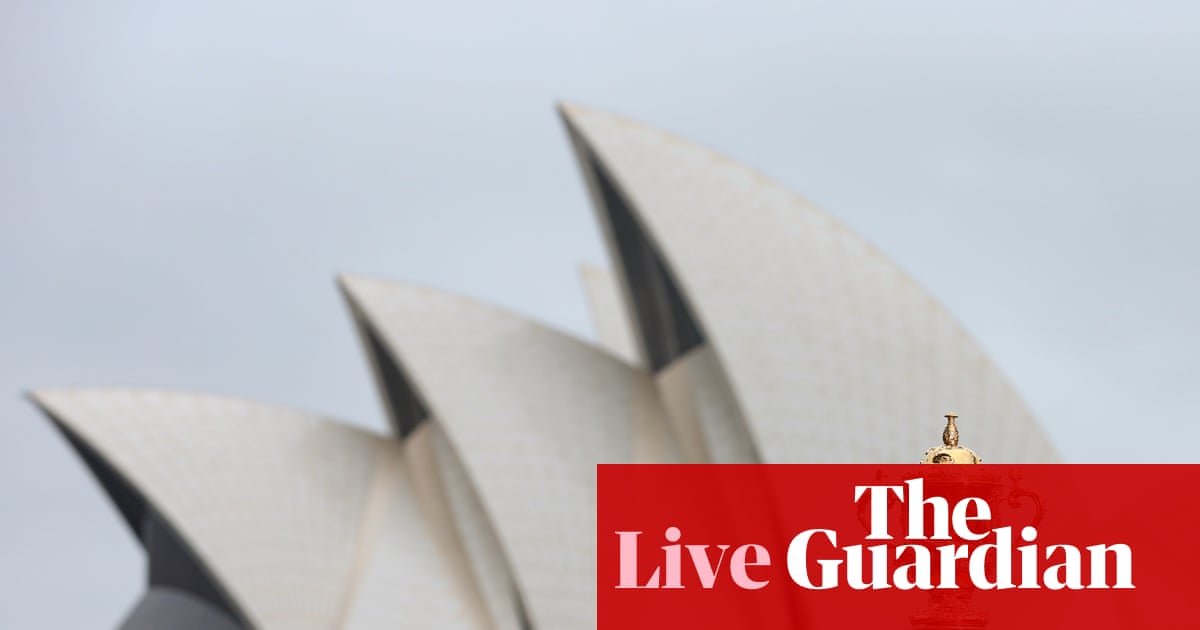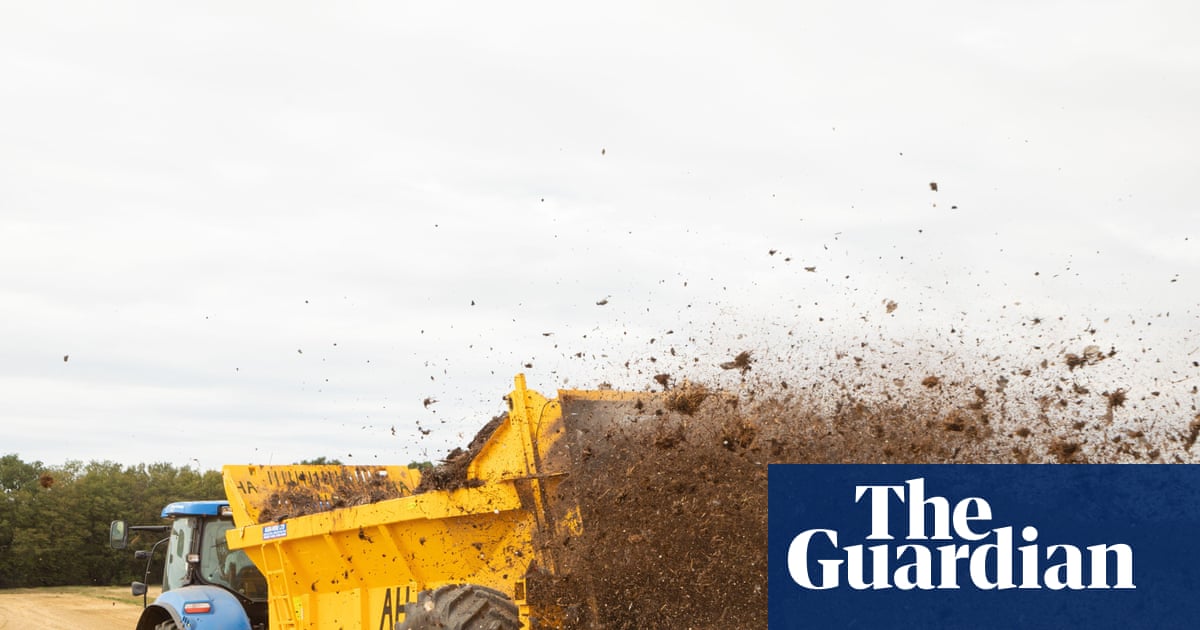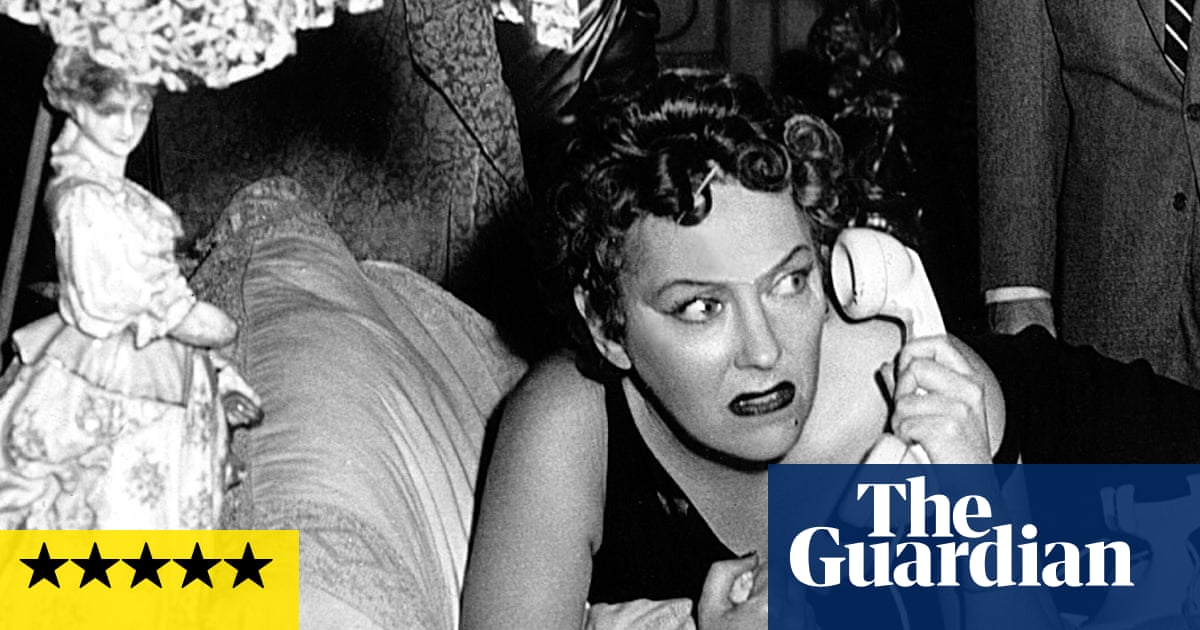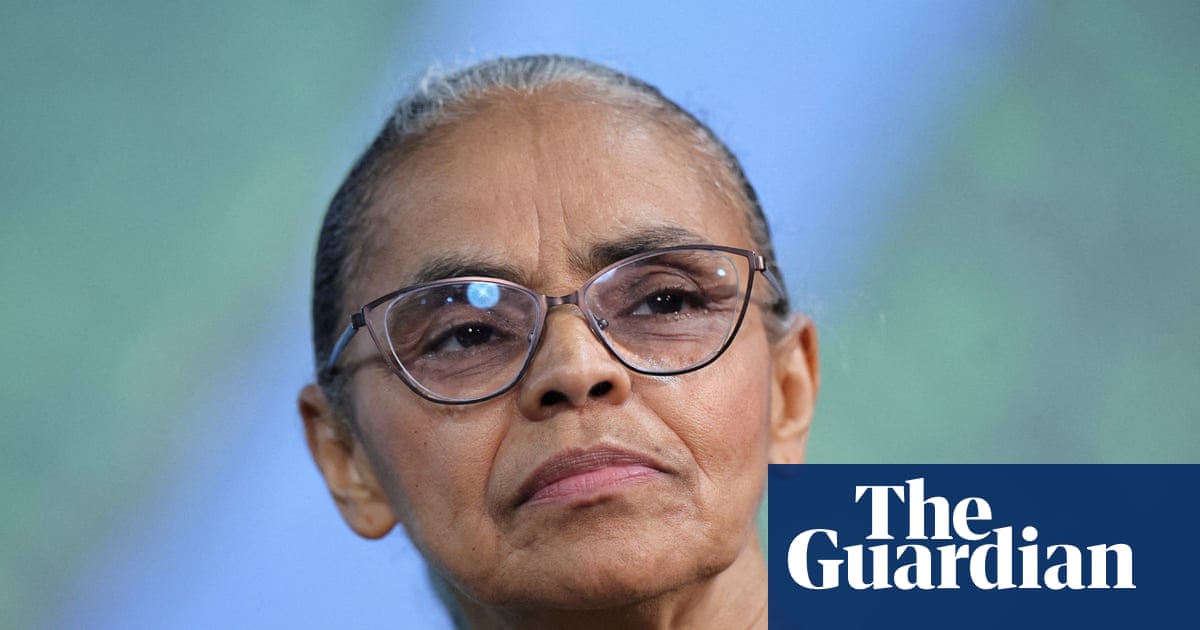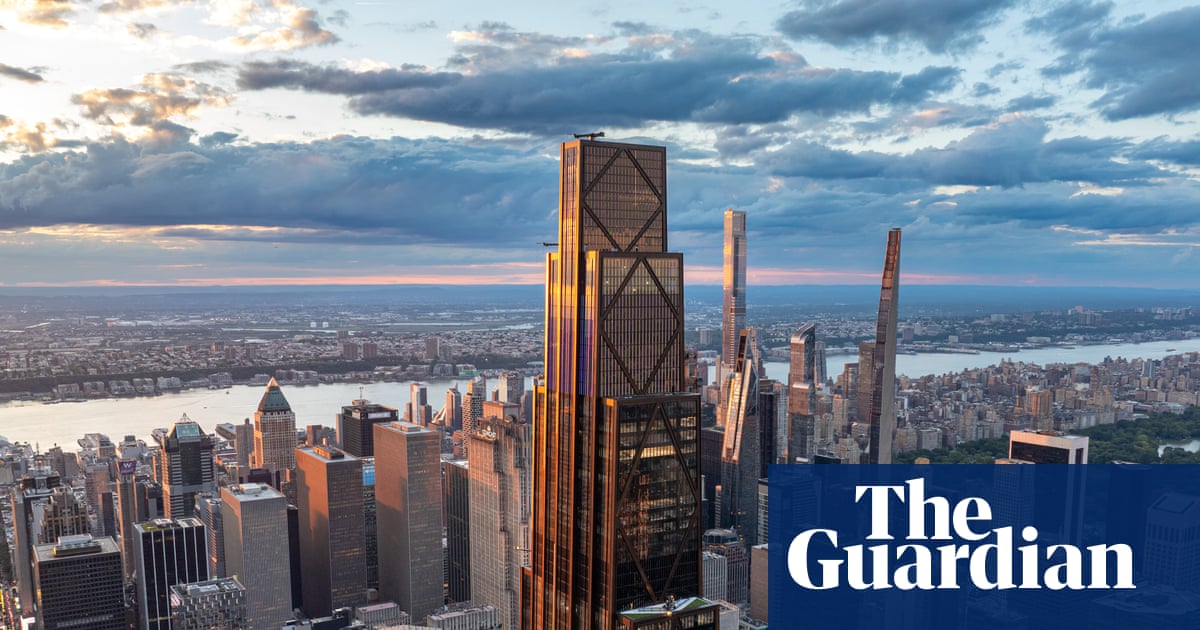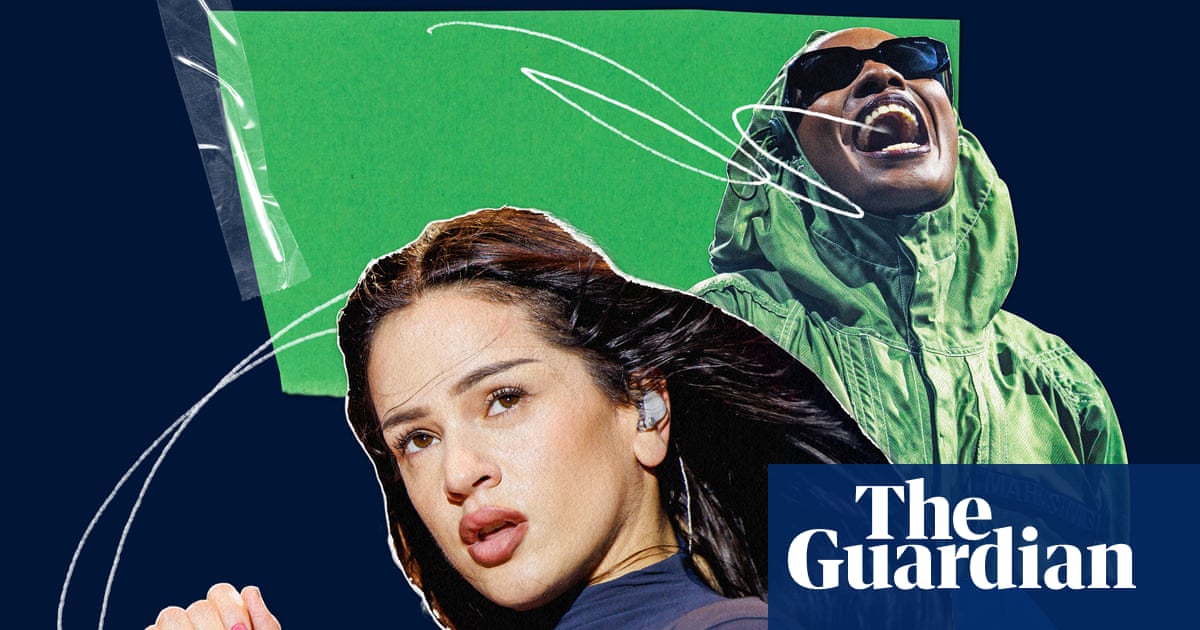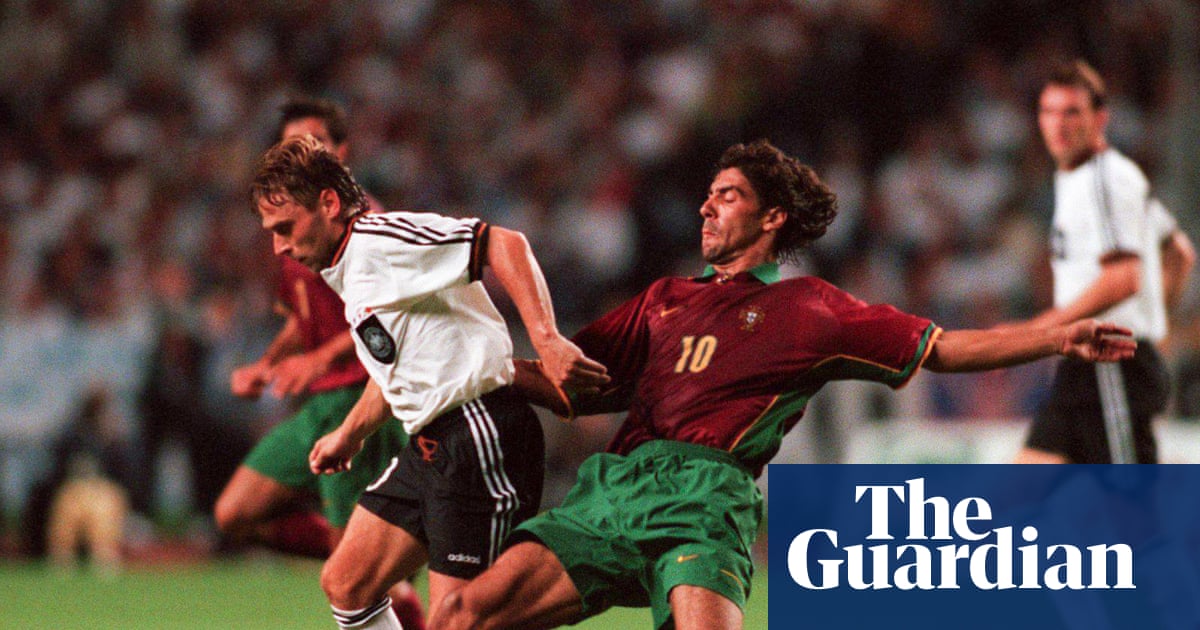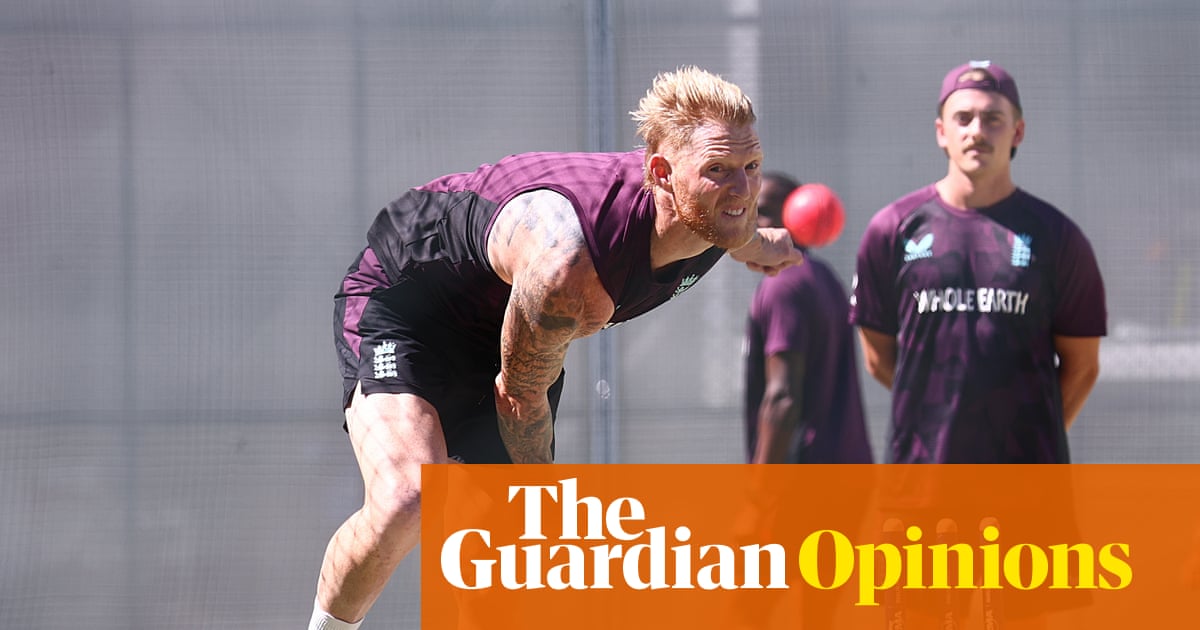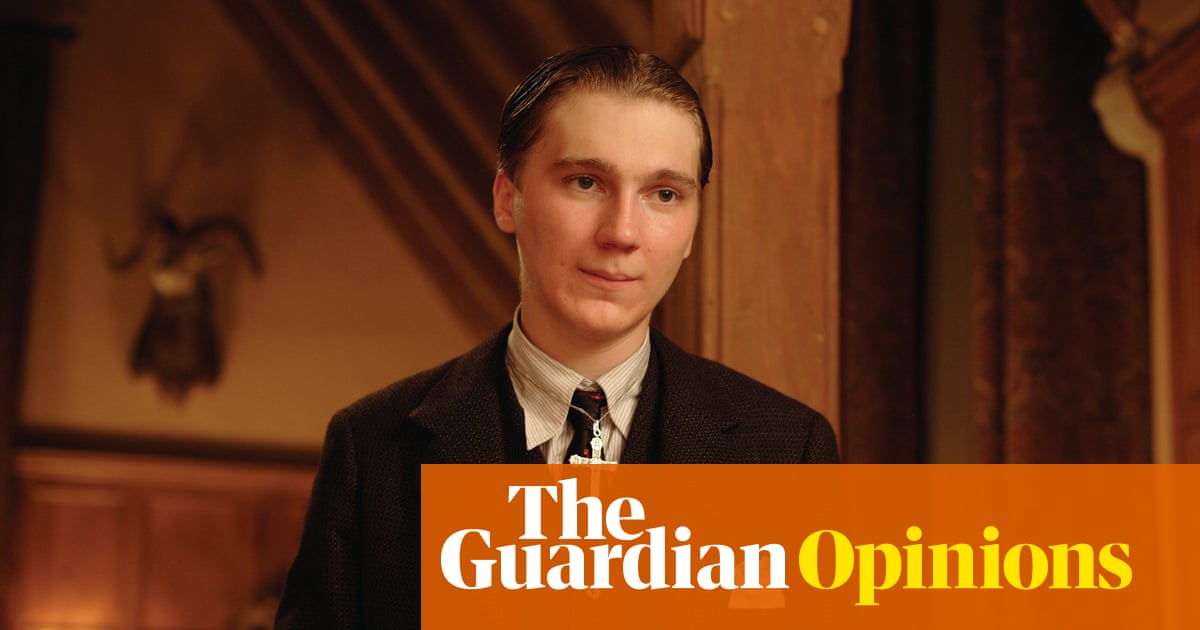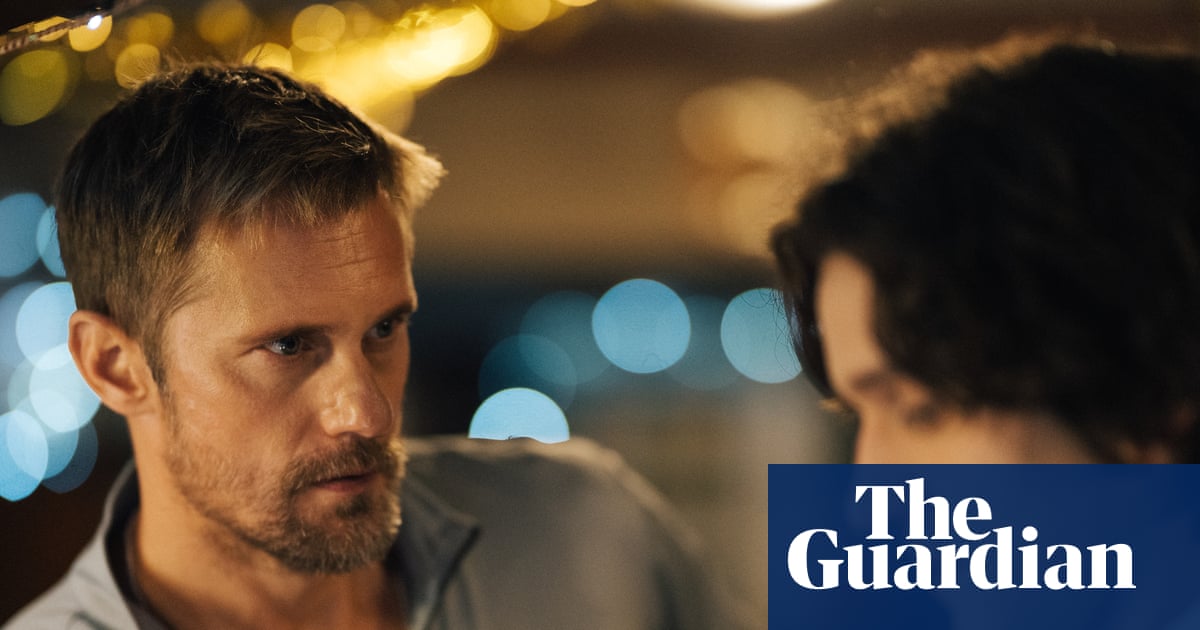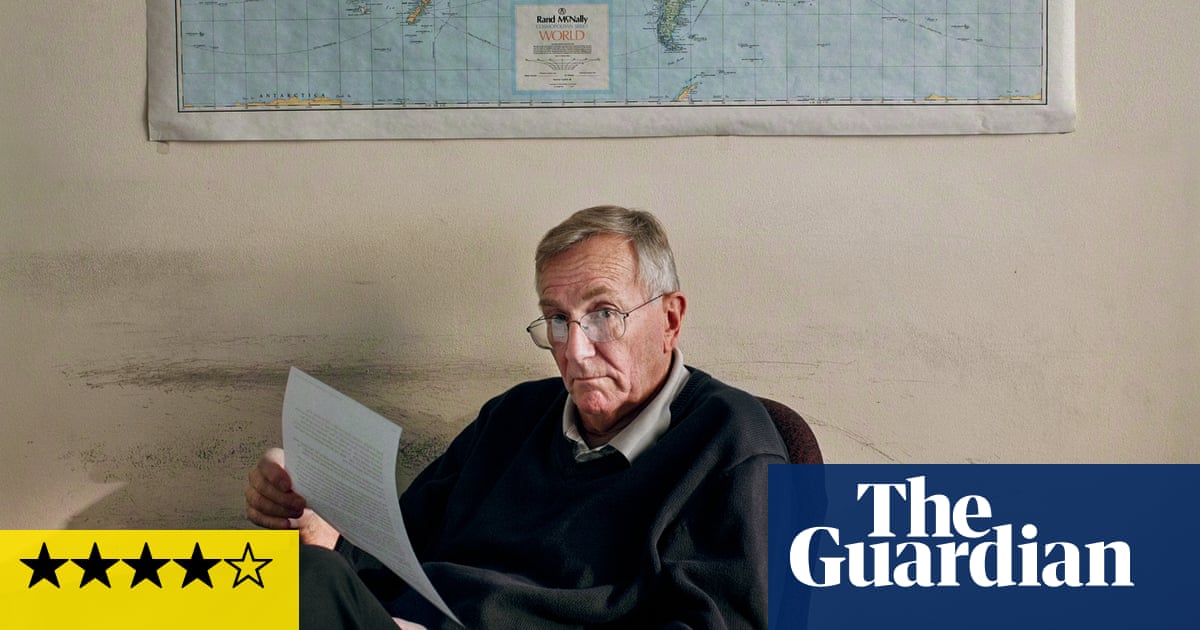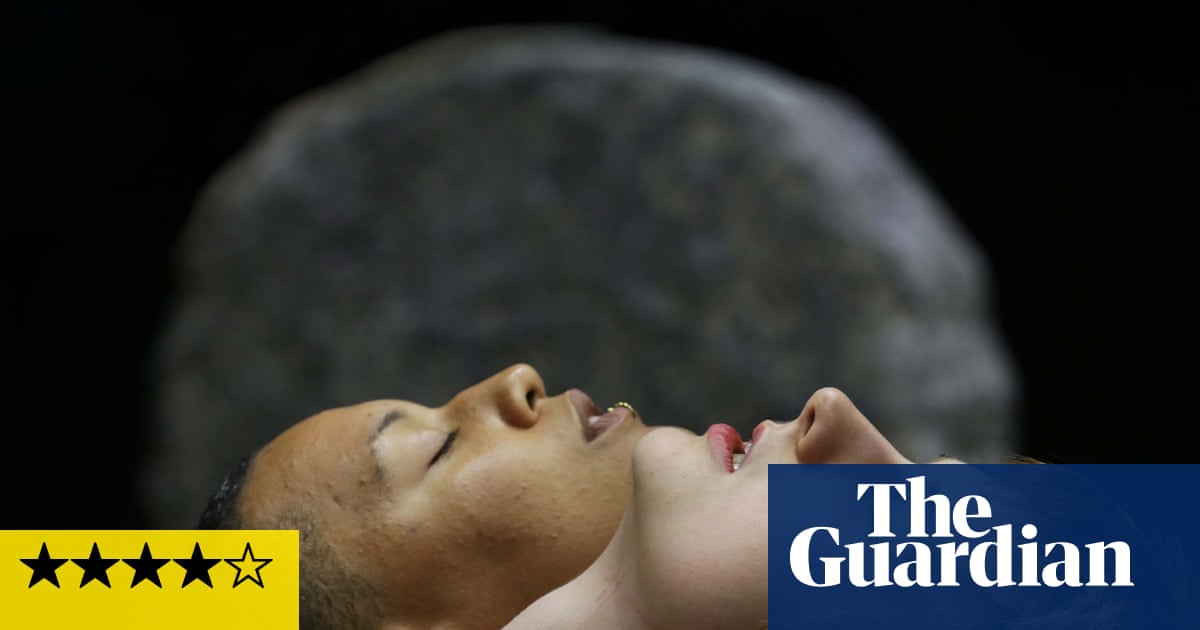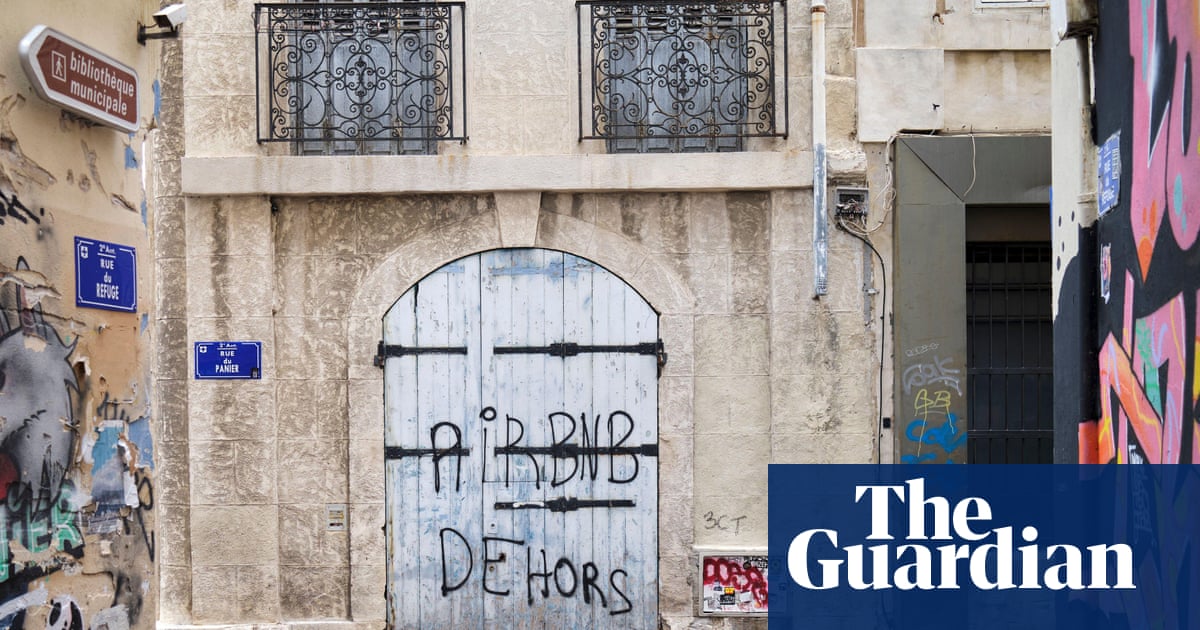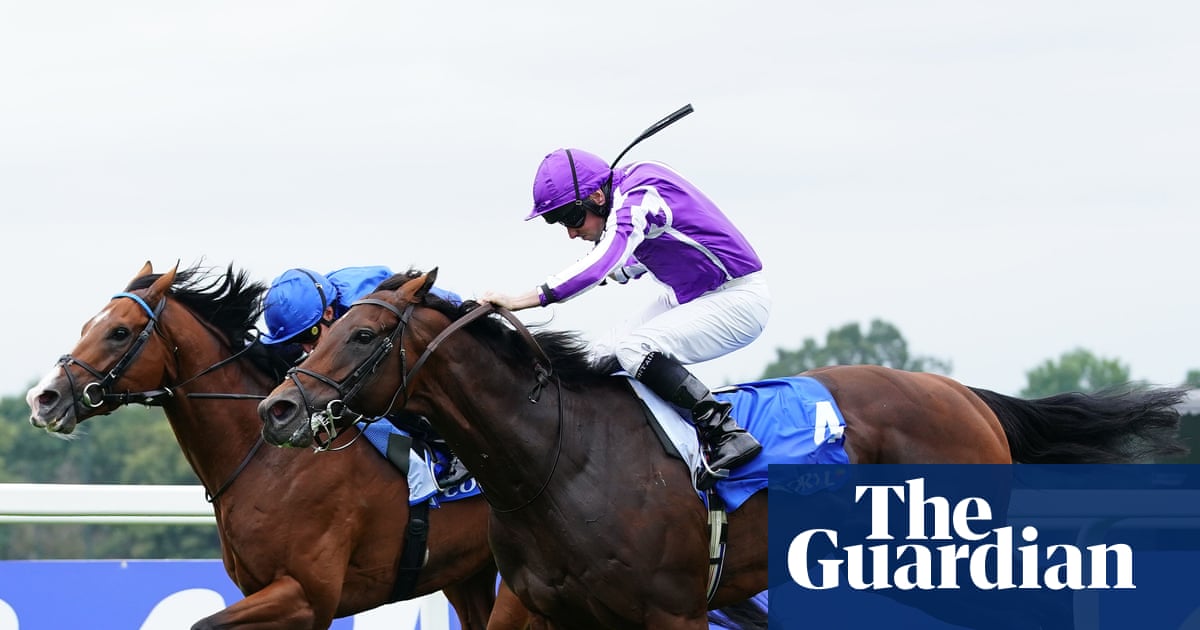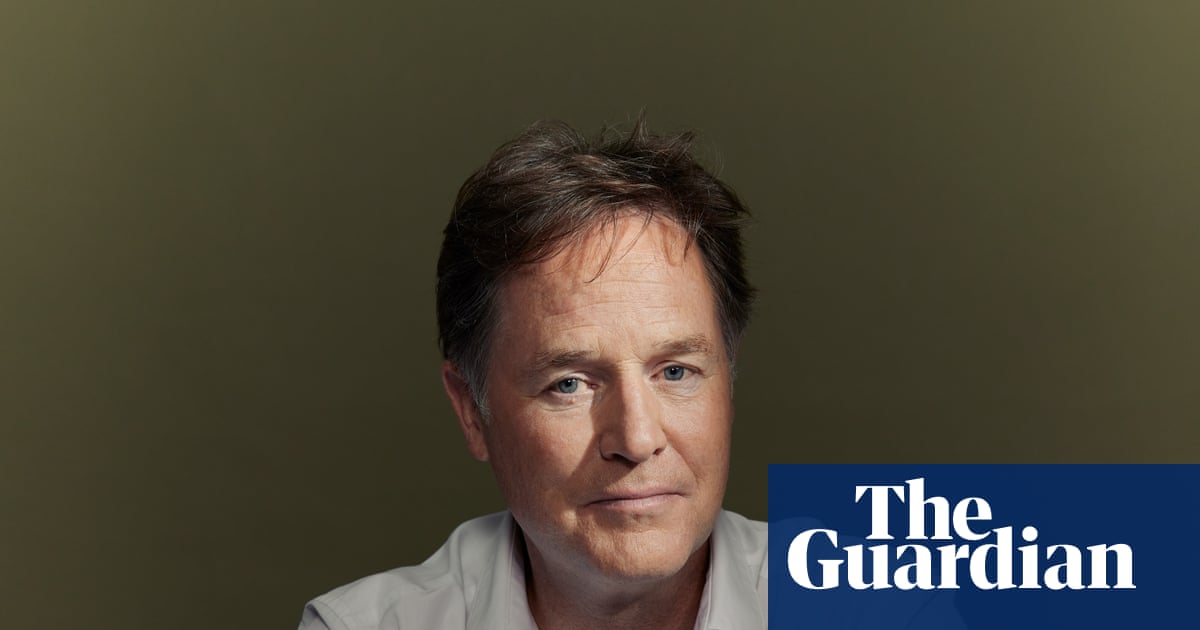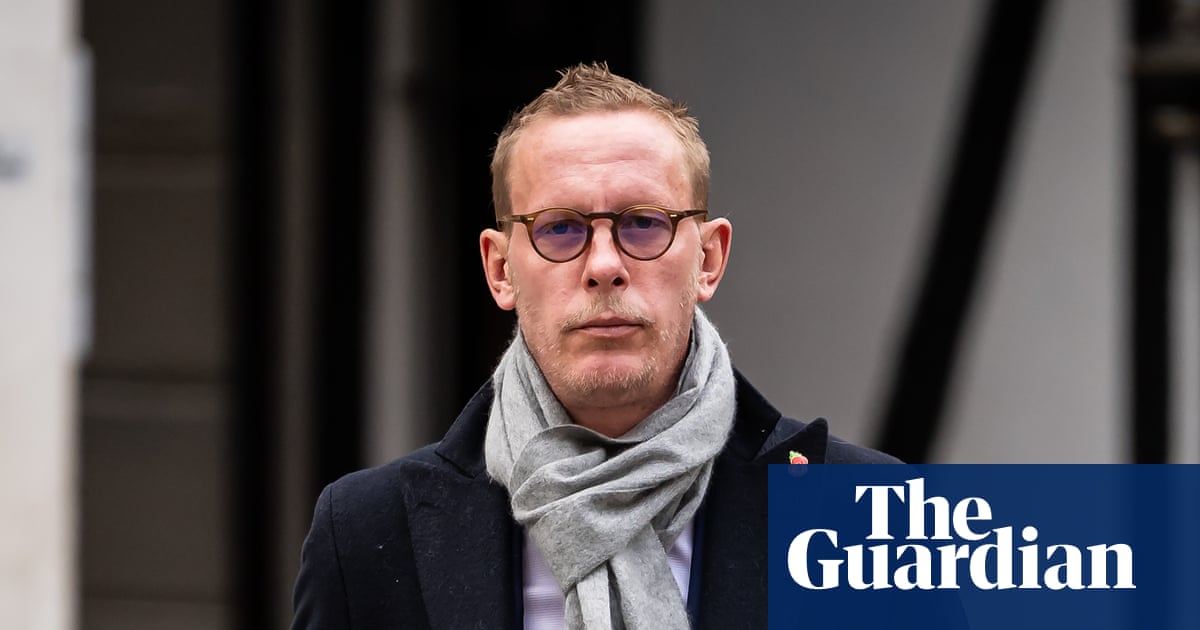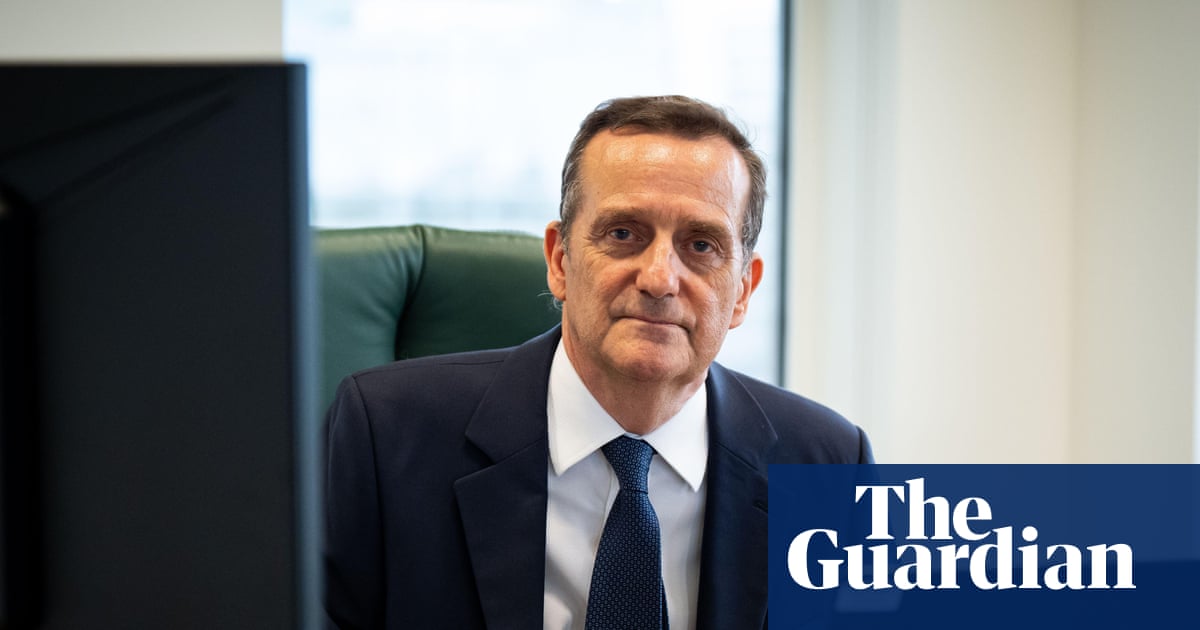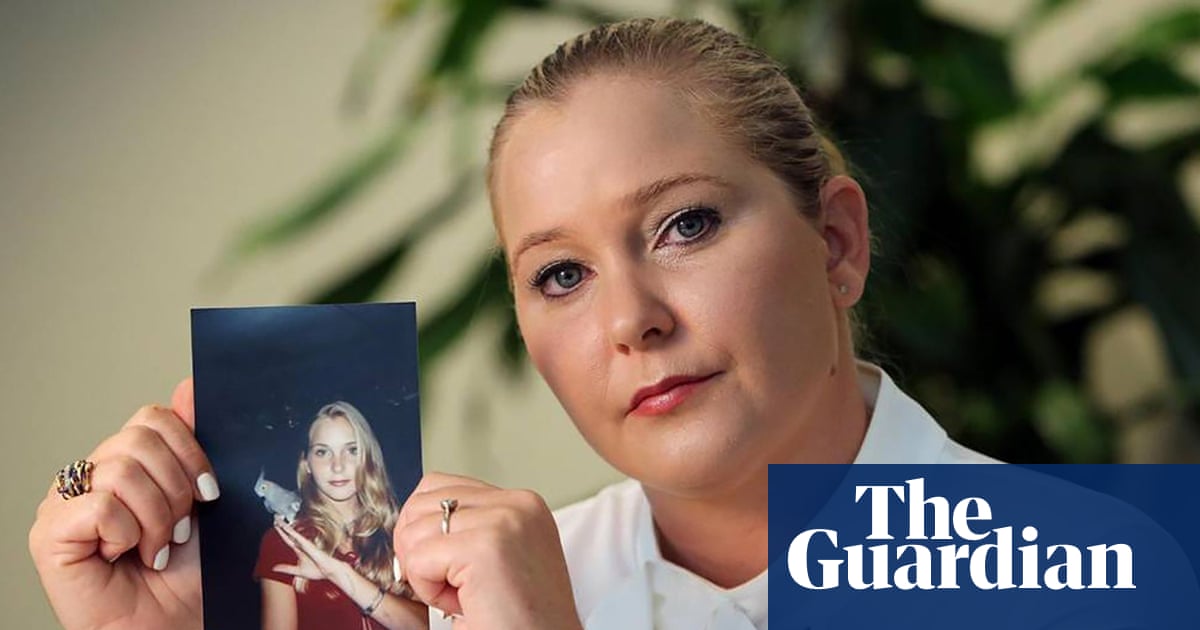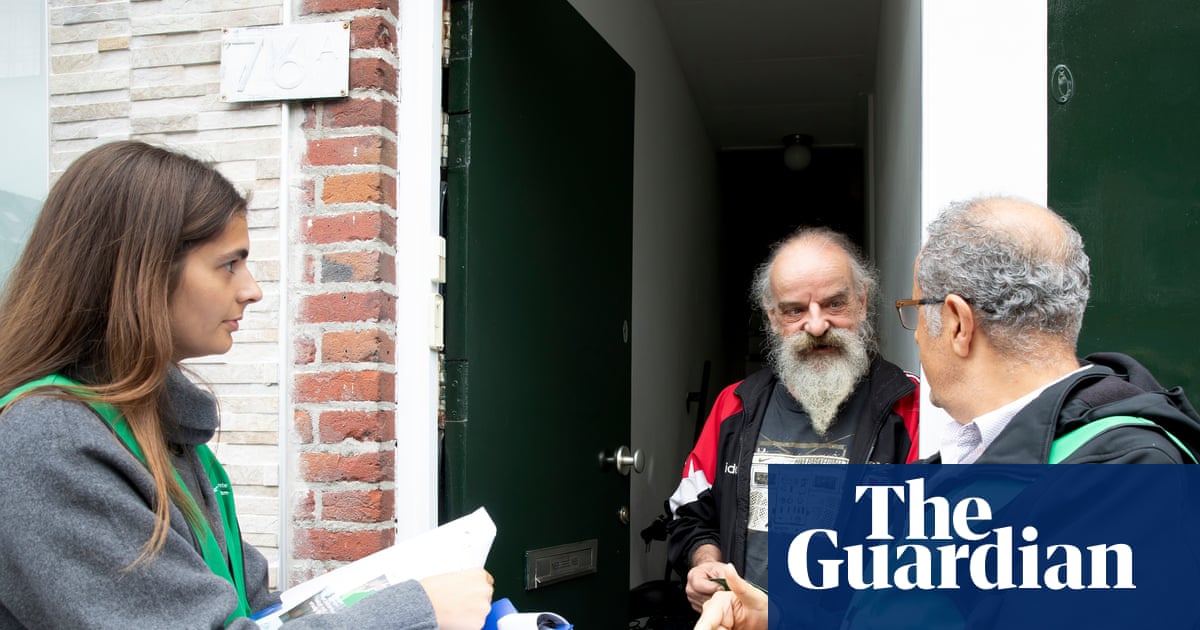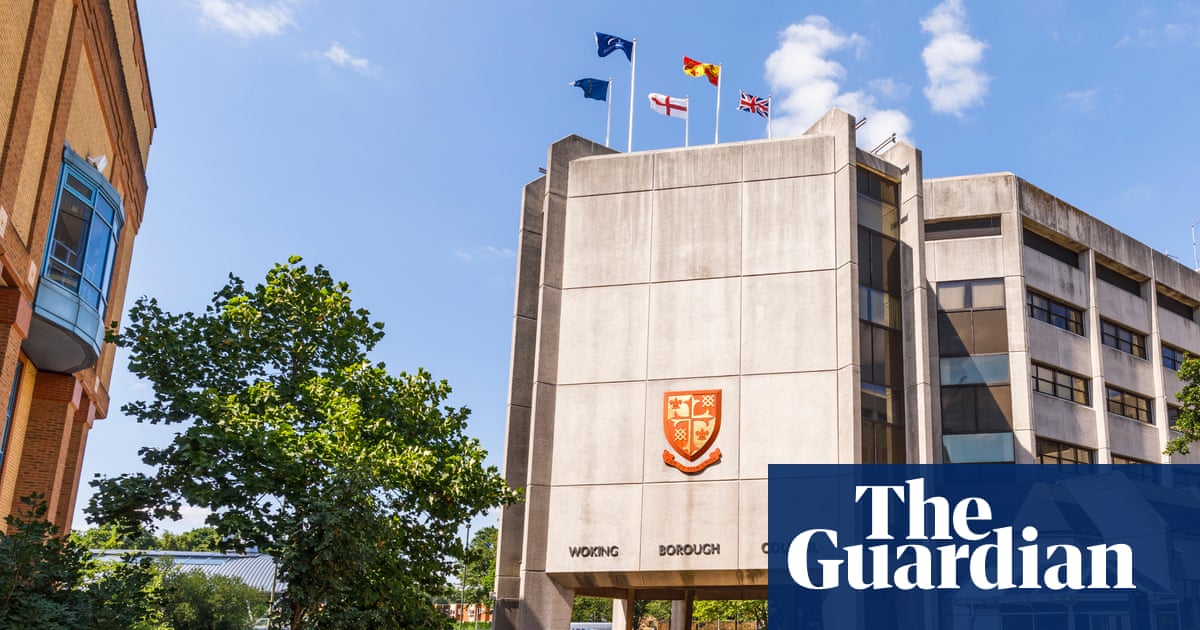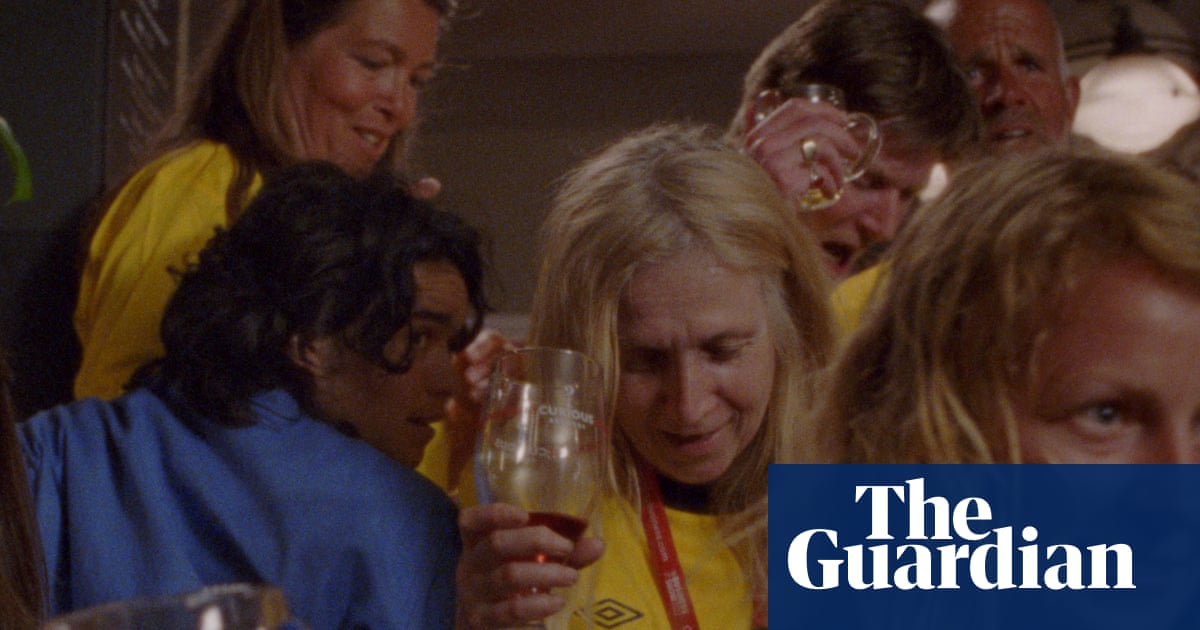The Royal Ballet has long offered headphones with audio descriptions so that visually impaired members of the audience can follow the action on stage. Now the entire audience will hear such descriptions, within a groundbreaking work that explores how blindness can redefine our responses to sensation, sound and storytelling.
Devon Healey, a blind artist, is collaborating with Sir Wayne McGregor, among other choreographers, and the composer Max Richter in creating a new Royal Ballet commission that will be premiered on 12 November, World Ballet Day, it will be announced on Thursday.
In her art, Healey is guided by a desire to show how blindness and disability can offer an alternative form of perception for everyone. Her “immersive descriptive audio”, woven with the music, is at the centre of the performance on stage.
“Making world-class ballet and opera for everyone” is a motto of the Royal Opera House. Under Kevin O’Hare, the Royal Ballet’s director, the company is focusing on “radical accessibility – inviting artists and audiences to experience ballet in transformative new ways”, he said.
The new work is being choreographed by Tiler Peck, Bim Malcomson and Rebecca Myles Stewart, as well as McGregor, each collaborating with Healey.
Robert Binet, the curator of this commission, said: “World Ballet Day was founded on the principle of access. After a decade, we’re pushing that concept further to consider how disabled perspectives can shape our art form, and invite audiences of all abilities and experiences to experience dance in new ways.”
Having worked with Healey in Canada and Australia, he realised that sighted people who had experienced Healey’s descriptive audio felt it helped them understand dance, which can seem so abstract.
In one duet, the Royal Ballet dancer Leo Dixon will partner Takashi Kikuchi, an amateur dancer who has been visually impaired since birth and who had long assumed that ballet was “mainly for sighted people”. But Kikuchi has realised that it actually “involves a lot of feeling and emotions” and taps into senses, “visual and non-visual”.
Kikuchi’s personal story of once getting lost on his way home and relying on the sun to orient his way back had inspired a duet in which Dixon becomes the “warm breath of the sun around Kikuchi as they move together”, Malcomson said.
Kikuchi recalled: “It was mid-afternoon and I had a feeling that the sun should be shining from the west. So, if I faced the sunshine, even though I wouldn’t see the sunlight itself, I could feel the heat … So I kept walking to the west …. It led me home. The sunshine was a good helper to me. The sun could be a good symbol. So the story emerged from there.”
Healey, an assistant professor of disability studies at the University of Toronto, said: “Blindness and being blind invites a dynamic relationship with movement in a way that is similar to a professional dancer’s relationship with their body and movement.”
In collaborating with the dancers, she was seeking to convey what “they’re experiencing in their body, something that’s just not accessible through sight”, she said. “I speak with the dancers to get a sense of how they’re feeling in their body, where their breath is, what they’re thinking about, how their muscles are feeling.
“In collaboration with the choreographers [and] costume, lighting, set and sound designers, the perceptions and creativity of blindness are ever present as we, blind and sighted people, develop a rapport through our love of movement and dance. It is this creativity and love that I try to weave into the immersive descriptive audio. It is a collaboration of the senses guided by blindness.”
She added: “Even though the sight of the dance, the beautiful visual feast, is there before the audience, there is so much that they’re not accessing or appreciating, and it is blindness that is inviting sighted and blind audience members alike into the unseen. What I hope is that, when audience members leave, they feel dance in a different way, and they’re also feeling the presence, and listening to the perceptions of, blindness in new and dynamic ways.”
Richter, whose recordings have amassed more than 3.5bn streams, said the audio descriptions created a rapport between blindness and sight “through a soundscape, giving voice to that which does not always appear”. He added: “It is not merely a description of a performance. It is performance.”
The Royal Ballet’s international partners for World Ballet Day include the National Ballet of Canada and the Australian Ballet. The companies will also offer access to behind-the-scenes footage, rehearsals and newly commissioned works – streamed live via worldballetday.com.

.png) 1 month ago
37
1 month ago
37

